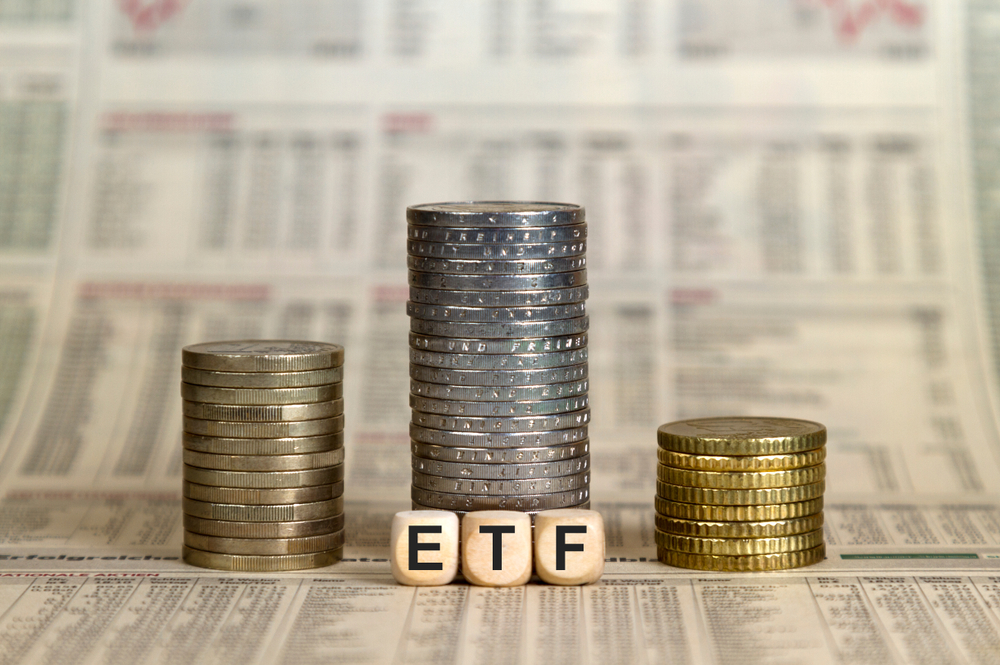Claims that the rise of ETFs is inflating market prices should be relegated to campfire story time, however, concerns around passive investing dislocating prices from fundamentals are rooted in reality, according to new academic research.
A report from the University of Pennsylvania, titled Rise of Passive Investing - Effects on Price Level, Market Volatility, and Price Informativeness, found the growth of passive between 2000 and 2017 was not responsible for a widespread boost in valuations but did increase volatility while decreasing the impact of new information being priced in.
Diverging from the criticism levelled against passive growth by other academics in recent years, the paper said although many asset prices rose significantly during the 17-year sample period, a scenario where passive investing had not grown would have seen prices “higher than currently observed”.
“The model suggests that the overall price level of assets does not increase as a result of this shift in the mode of investing,” Pawel Bednarek of the University of Pennsylvania and author of the report, said.
“This is evidence against a popular claim that passive investing, and in particular ETFs, might have caused a so-called ETF bubble.”
The findings are in stark contrast with those of Bernstein Research analyst Inigo Fraser Jenkins, who in 2016, accused ETFs of being “worse than Marxism” regarding their inefficient allocations.
In 2021, StoneX economist and global strategist Vincent Deluard made observations to a similar effect.
“For now, money will keep flowing into index funds, whether we like it or not”, Deluard said. “At the same time, bubbles, like stars, eventually collapse under their own gravity.”
Such criticisms of index funds have become increasingly common in recent years, with passive vehicles comprising 41% of US-listed mutual fund and ETF assets in 2020, up from 3% in 1995.
While coming to the defence of passive with his first finding, Bednarek then looked to debunk claims index investing reduces volatility, suggesting price volatility was 10% higher in 2017 than in 2000 owing to “more prevalent misplacing and slower adjustments in prices”.
He attributed this to markets being impacted by non-fundamental factors including the rise of passive strategies, meaning “less information is acquired in aggregate” and a “fall in price informativeness”.
“With a higher share of the market taken by passive investments, less information about the assets is acquired, and consequently, less information is reflected in the price,” the paper added.
The slight upside of this dynamic, Bednarek argued, is the fall in price informativeness as a result of passive investing “did not inflate” asset prices.
The report noted it expects all the effects observed to “strengthen” if the fees attached to passively managed products continue to fall.
“A further decline of 10% in the fee, keeping all other things equal, could possibly cause a rise of almost 1% in the price volatility. At the same time, the informativeness of the price is projected to decline by about 3%,” it said.
However, Bednarek conceded he was not able to definitively attribute the rising volatility since the turn of the century to the growth of passives.
“Even though the rise of passive investing coincided with the increase in price volatility over the last two decades, it is not possible to unambiguously conclude that the rise in passive investing directly caused that.
“Through investigating the isolated effects, we conclude that both – their direction and magnitude – depend on what causes passive investing to rise.”


